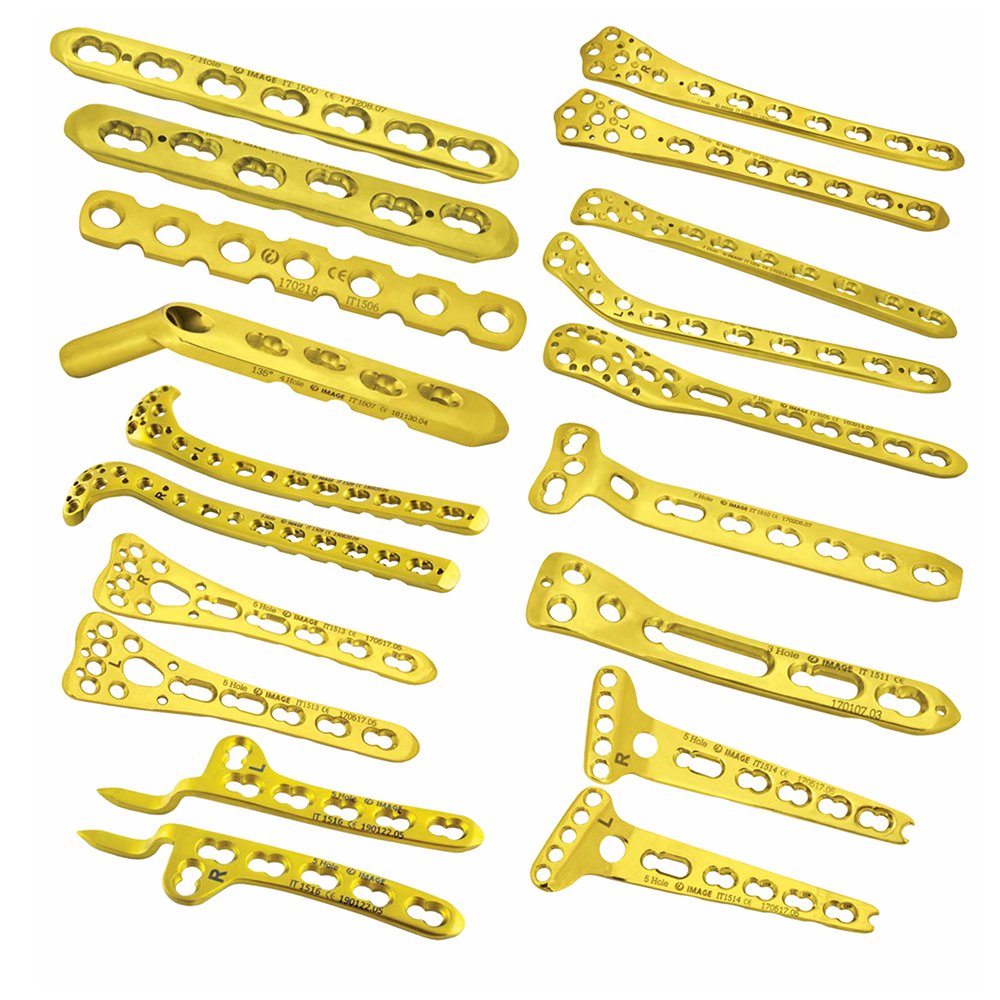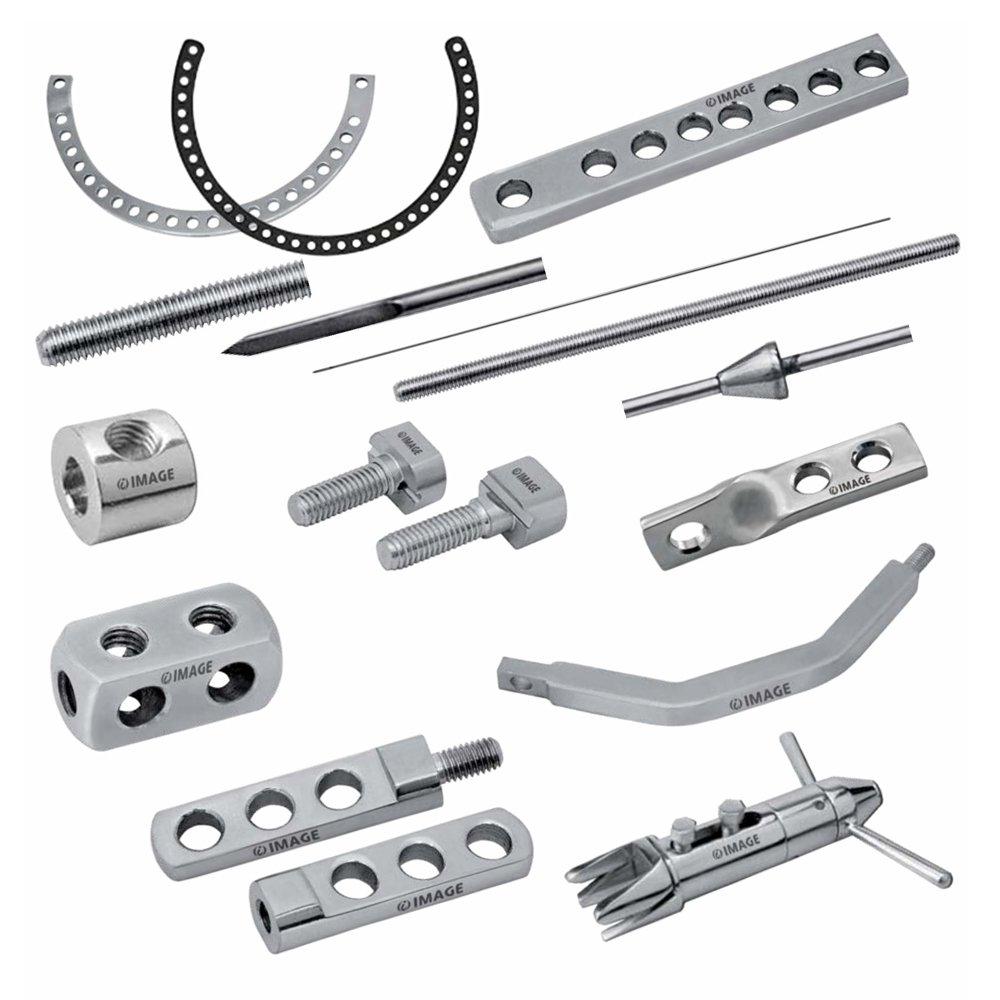Orthopedic Nails:
Purpose and Function: Nails, also known as intramedullary nails or rods, are long, slender implants inserted into the medullary canal of long bones. They provide stability and support for fractures by aligning and immobilizing bone fragments.
Types: Intramedullary nails come in various designs, such as static nails, dynamic or compression nails, and retrograde nails. They are commonly used in long bone fractures like those in the femur or tibia.
Orthopedic Pins:
Purpose and Function: Pins are thin, elongated implants used to hold bone fragments in place. They are commonly employed for temporary fixation during fractures or in conjunction with other orthopedic devices.
Types: Kirschner wires (K-wires) and Steinmann pins are common types of orthopedic pins. They can be smooth or threaded and are often used in the fixation of small bone fragments or for provisional stabilization.
Orthopedic Wires:
Purpose and Function: Wires are thin, flexible metal strands used for various orthopedic applications, including the fixation of fractures, ligament repairs, and joint stabilization.
Types: Stainless steel or titanium wires can be either smooth or threaded. They are versatile and can be shaped to meet the specific needs of the surgical procedure.
Orthopedic Staples:
Purpose and Function: Staples are U-shaped devices used to secure bone fragments together. They are commonly used in procedures where quick and efficient fixation is required, such as in certain types of fractures or osteotomies.
Applications: Staples are often employed in joint surgeries, hand surgeries, and other orthopedic procedures where stable and rapid fixation is essential.
Orthopedic Washers:
Purpose and Function: Washers are flat, disc-shaped implants placed under the head of a screw to distribute the load more evenly. They can enhance stability and prevent screw pullout in certain orthopedic applications.
Materials: Washers are typically made from biocompatible materials like titanium or stainless steel.
These orthopedic devices are chosen based on the specific needs of the patient, the type and location of the fracture, and the surgeon’s preferences






Reviews
There are no reviews yet.